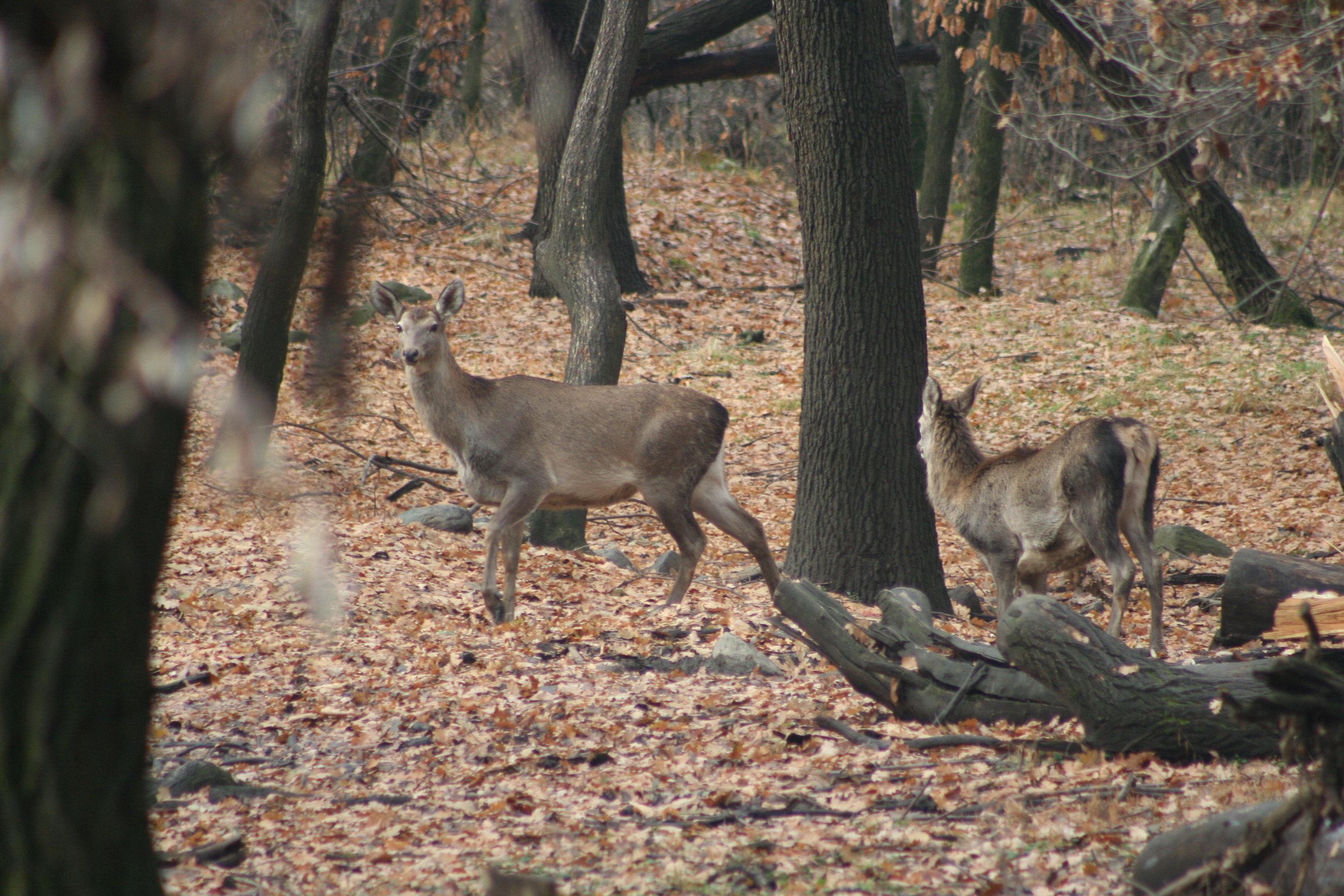Once found in thousands in the mountains of Kashmir Valley, the population of the famed Kashmir red deer, also known as hangul, has dwindled to less than 150, says a senior wildlife scientist.
If immediate interventions towards its conservation are not made, the state animal of Jammu and Kashmir –viewed as a symbol of the state inasmuch as India’s national animal, the tiger, is for the country – would be wiped out of the Kashmir Himalayas in the next few decades, Khursheed Ahmad, a senior scientist at the Sher-e-Kashmir University of Agricultural Sciences and Technology (SKUAST), has warned.
Alarmed at the plummeting numbers, the state government has also promised to revive an abandoned breeding project and ensure continued funding.
Hangul, the only Asiatic survivor or sub-species of the European red deer, was once widely distributed in the mountains of Kashmir. It on the International Union for Conservation of Nature’s (IUCN) red list of species at risk of extinction – as one of three critically endangered species in Jammu and Kashmir.
The other two are markhor, the world’s largest species of wild goat found in Kashmir and several regions of central Asia, and the Tibetan antelope or ‘chiru’, found mostly in the mountainous regions of Mongolia and the Himalayas, where Jammu and Kashmir is mostly situated.
From a population of 5,000 in the early 1900s, hangul numbers have steadily dipped over the decades. The animal is now largely confined to the 141 square kilometres of the Dachigam National Park although some studies suggest that small isolated hangul herds have been reported from some adjoining areas of the park as well.
Conflicting hangul numbers
Countering the claims by the Wildlife Institute of India (WII) and the state’s Wildlife Protection Department based on recent surveys, Ahmad, who has studied the hangul for the past 15 years, puts the number of the endangered red deer at between 130 and 140. However, WII census results since 2011 have shown these figures to be double that at between 218 and 287.
According to Ahmad, hangul numbers have further dropped since 2009 when the population was between 140 and 170. “Our team, which included myself and two well-qualified researchers, have monitored the hangul for years,” he told thethirdpole.net, adding that they had arrived at the 130-140 figure after continuous surveys.
WII census figures are “exaggerated”, he said. Forest guards and tribals living in the forest were asked to carry out the census without any basic training, he added, stressing that this was not just a numbers game.
The most intriguing figure, in his view, is that the survey shows the male-female ratio at 55 to every 100 females. Quoting from his studies, Ahmad says that the actual ratio is 23 males to every 100 females. This, coupled with the fawn to female ratio of 30:100 are the two main reasons for the declining numbers of Kashmir’s hangul, he said.
Other reasons for the alarming decline in numbers are predators like leopards, black bears and dogs preying on fawns, the loss of summer habitat and the degradation of pasture land due to excessive livestock grazing in upper Dachigam, Ahmad has said in a research paper.
WII director Vinod Behari Mathur declined to comment on the issue when thethirdpole.net sought his views. Satya Kumar, who conducted the census on behalf of WII, did not pick up the phone.
Senior WII scientist Qamar Qurashi, whose census in 2004 is regarded as scientific and who is reputed for his work on tigers in India, did not comment on the census directly but said “management failure” was the main reason for the deer’s struggles in Kashmir. “They (officials) fail to organise monitoring exercise properly. They don’t have even basic equipment,” Qamar said.
In his view, better and more scientific monitoring is a must to arrive at a reliable figure. “Whatever numbers we have so far, it is more important to understand what is the basis of these numbers rather than the number itself,” he said.
Government measures
Admitting that this was a situation that needed urgent attention, Jammu and Kashmir’s Minister of Forest, Environment and Ecology Bali Bhagat said that his ministry had woken up to this reality and was restarting necessary measures for conserving the state animal.
The ex-situ breeding project, which had failed to take off after some initial steps a few years back, would be restarted soon, he said. He was referring to an ambitious Rs.16.7 million (US $250,000) project for saving the hangul which was started in 2009 but was shelved after the very first hangul taken to the breeding site, was killed by a leopard within a few days as no proper safety measures had been put in place.
The project was also abandoned due to lack of funding.
Project Hangul was aimed at using modern technology for surveying hangul habitat and starting ex-situ breeding for increasing the population of the Kashmir stag. A breeding centre spread over a five-acre forested area in south Kashmir and the idea was to release fawns into the natural habitat with radio collars to keep track of their movements.
Now, alarmed at the prospect that the deer could be on the verge of extinction, the government has decided to take steps to stem the damage. “We will make sure that the funds are released for this project to get fully implemented,” Bali told thethirdpole.net.

